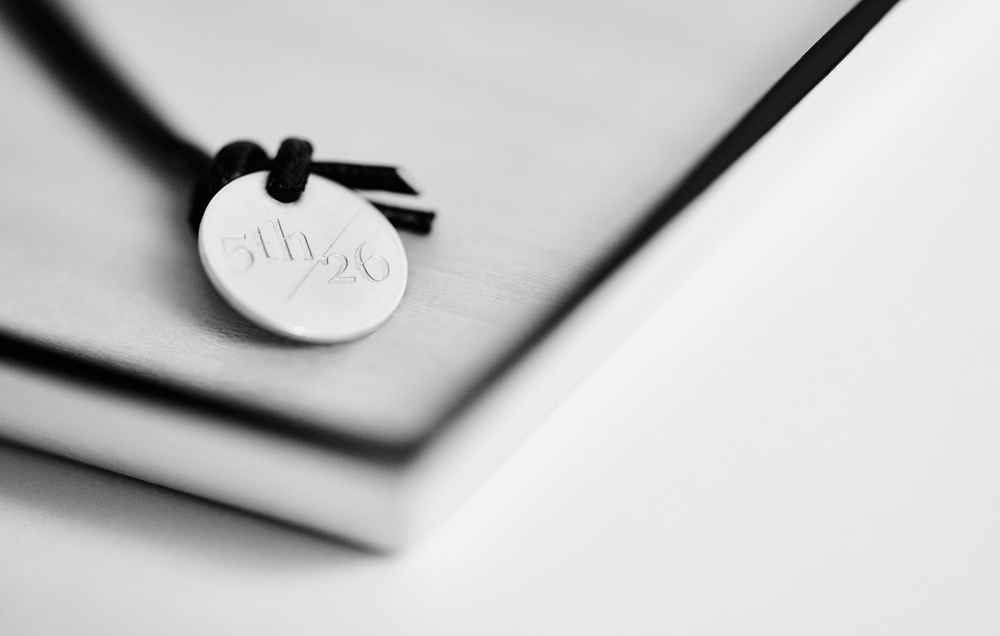June 14, 2017
5th26
Maker Spotlight
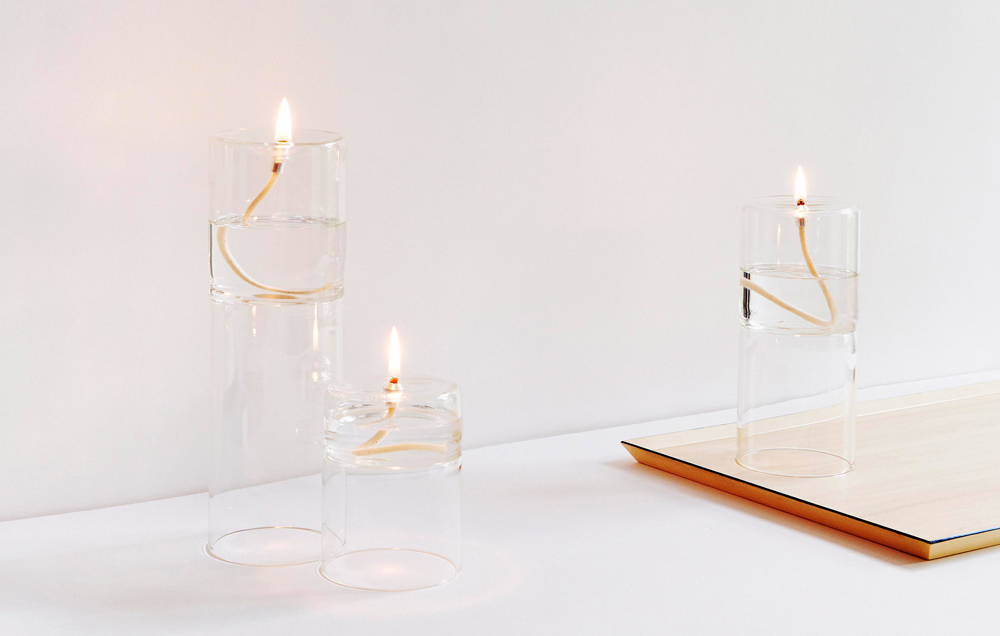
5th26 is a creative firm established by Brandon Tang in New York’s NoMad district specializing in home and fashion objects. The studio develops and designs all of their products in house and with collaborative artists from all over world. Scroll down to learn more about Brandon and 5th26.
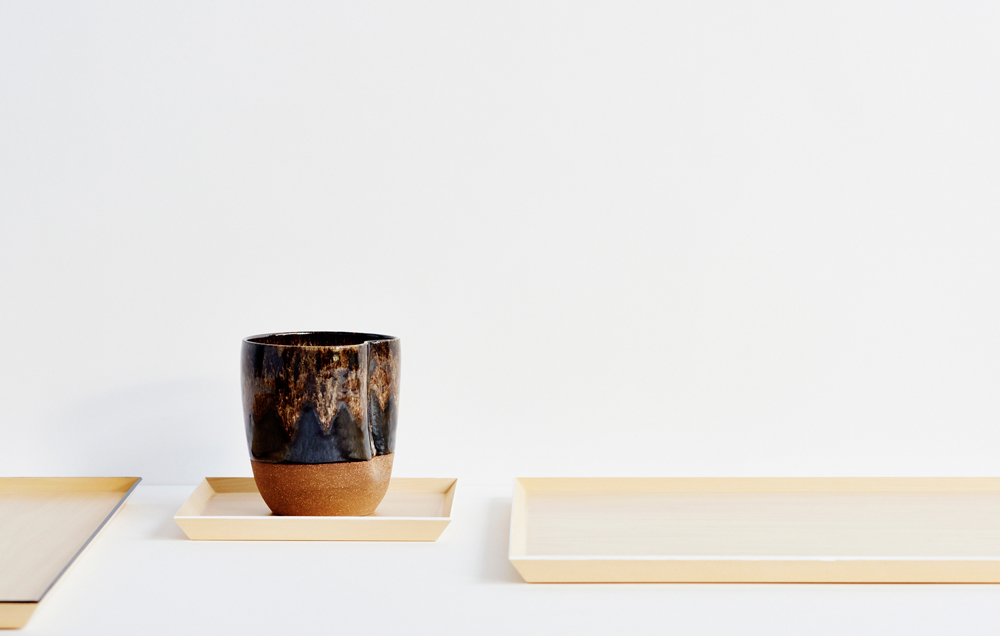
Where did your business name come from? Is there an interesting story behind it?
5th26 is named after the crossing of Fifth Avenue and 26th Street in New York’s NoMad neighborhood (North of Madison Square Park). This historic area with its Neo Classical, Moorish Revival and Beaux-Arts architecture was the social and commercial center of New York from the late 1870s until the 1930s and has attracted artists, entertainers and travelers alike. Symbolized by the iconic Flatiron building it is quintessential New York.
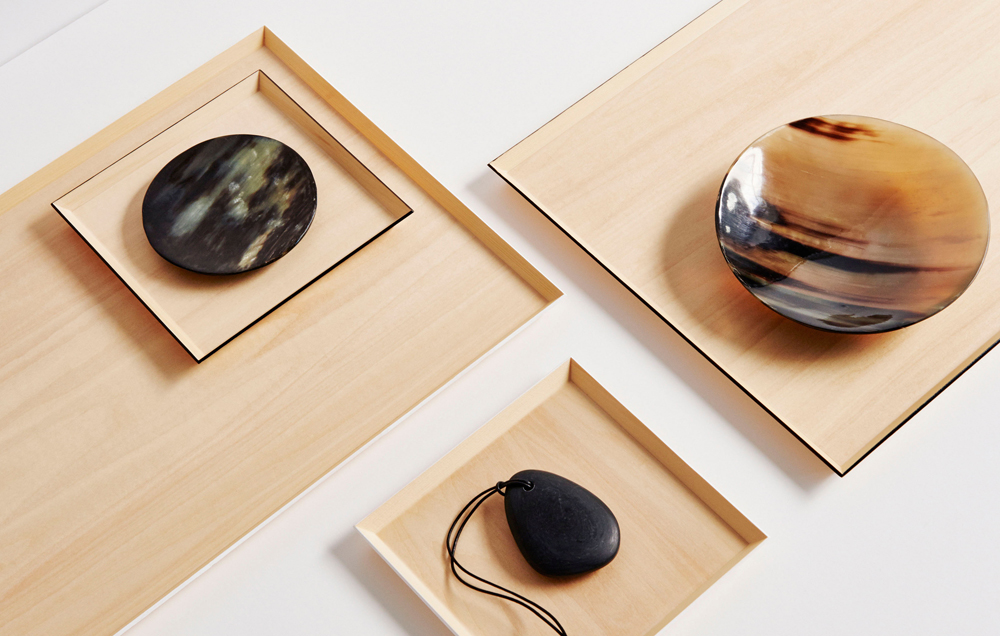
Have you always been passionate about design?
I have always been interested in fine art and have explored different mediums including clay, wood shop and photography in school. In college I studied fashion, which later became my career.
Why did you start working in this particular craft?
I have had the opportunities to work with artisans who still preserved the tradition and quality of their craft. A fond memory I have includes a five-hour drive from Milan to the Marche region in Italy on a sourcing trip to discover the region’s bespoke leather goods workshops. That experience and others like it inspired 5th26.
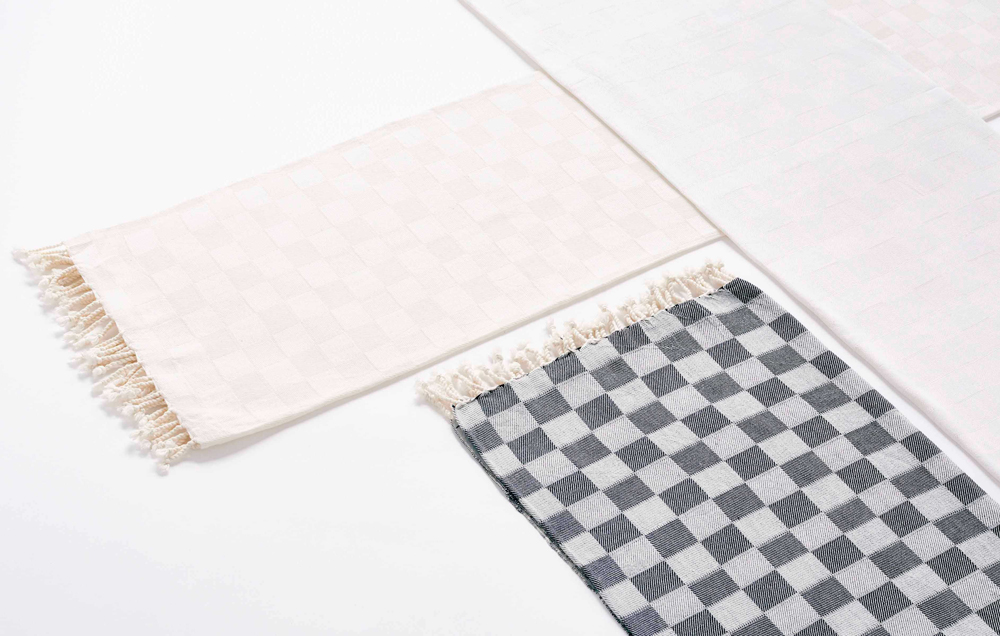
What do you think sets your designs apart from others?
My designs are minimal with an artisanal quality. I like precision and clean lines but also appreciate vintage objects that have wear and a history to them. My collection is different because each piece is designed by me but is made in collaboration by different artisans. As a result, each artisan can improve the product with his/her experience and technical know how. I believe a product can be made better through conversation and collaboration with people who have similar aesthetic, respect for material, and open to creating something new, or an updated version of a classic. As a result, each piece is made with a bespoke approach.
Have you sacrificed anything to create your business? If so, what was it, and do you have any regrets?
The business was founded in New York but now I am based in the Caribbean. Not being in New York has its disadvantages but I am fortunate to have supportive friends who act as ambassadors for the studio when I’m not there.
What has been your proudest moment since creating your business?
The positive feedback from those I’ve shared the collection to is wonderful (including Renegade!). I’m glad our sensibility and the type of product we’re creating is noticed and appreciated. It motivates me to continue developing the studio further.
How does the city you live in influence your work?
It’s complicated! I am now based in the Caribbean but often travel to New York and Montreal. Having multiple places to call “home” doesn’t necessarily influence my work but it creates a desire to create objects that I would like to have in each place to have a sense of familiarity. Some items I created with this thought in mind are the vases, oil lamps and throws.
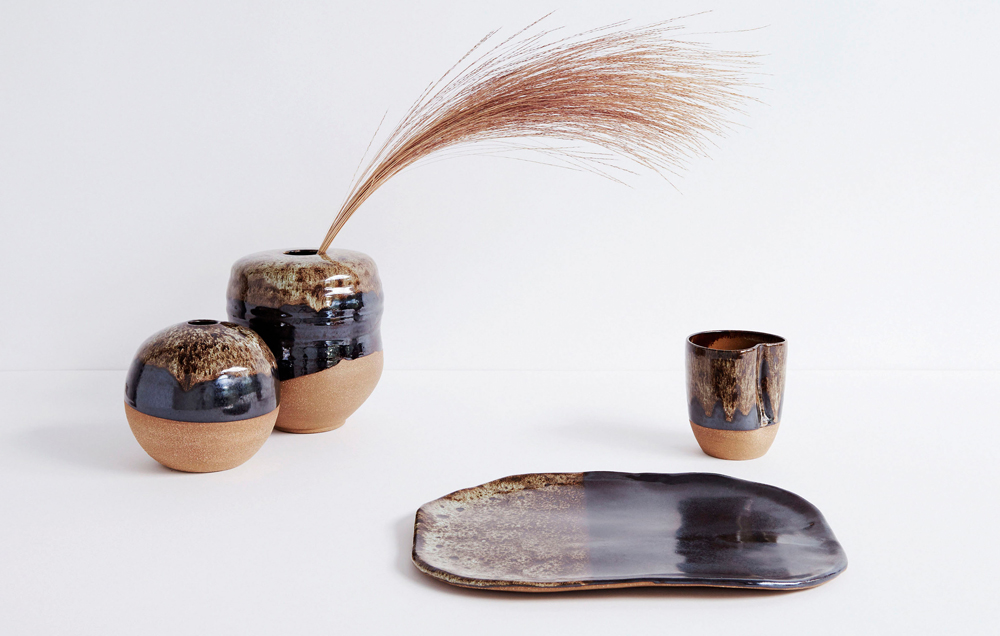
What valuable experience did you have before starting your business?
Working with more senior and seasoned designers and artisans. Everyone is unique in how they approach a concept, sketch a design or work out a problem. When you’re young your only job is to keep your eyes and ears open. You learn to see and listen before you can form your own approach to anything, including business.
What made you take this leap into being your own boss?
I have always had projects in various forms because it challenges me and I like to keep busy. I wanted to create something with business potential. I founded 5th26 not for the financial independence, but for the creative and financial possibilities.
What are some inspirations for your work?
Some inspirational sources include the humble imperfection of the Japanese aesthetic of Wabi Sabi and the warmth and timeless refinement of Brazilian modern.
What are some tips or suggestions you’d like to offer to fellow makers?
This advice comes from my friend, collaborator and New York based ceramist Bebe Federmann who said, “You will be sick to death of seeing your work before people begin to desire and want it”. I’m sure Charles & Ray Eames felt the same way!
